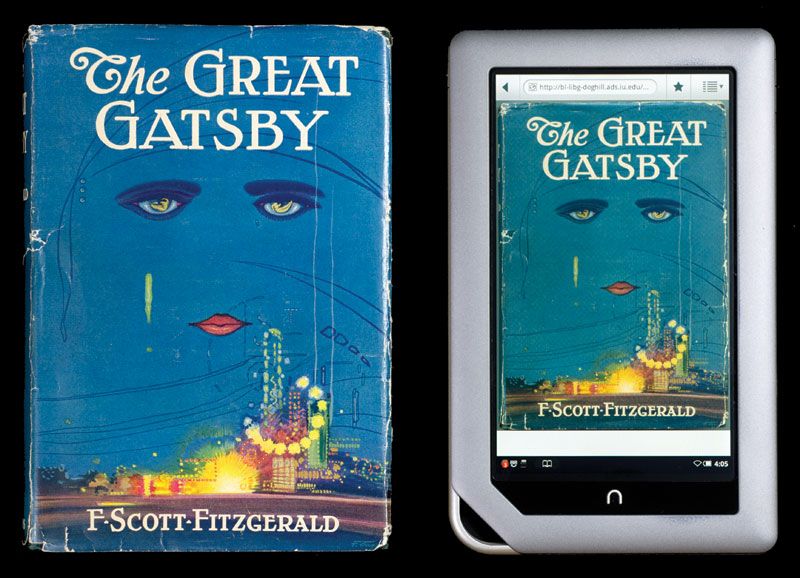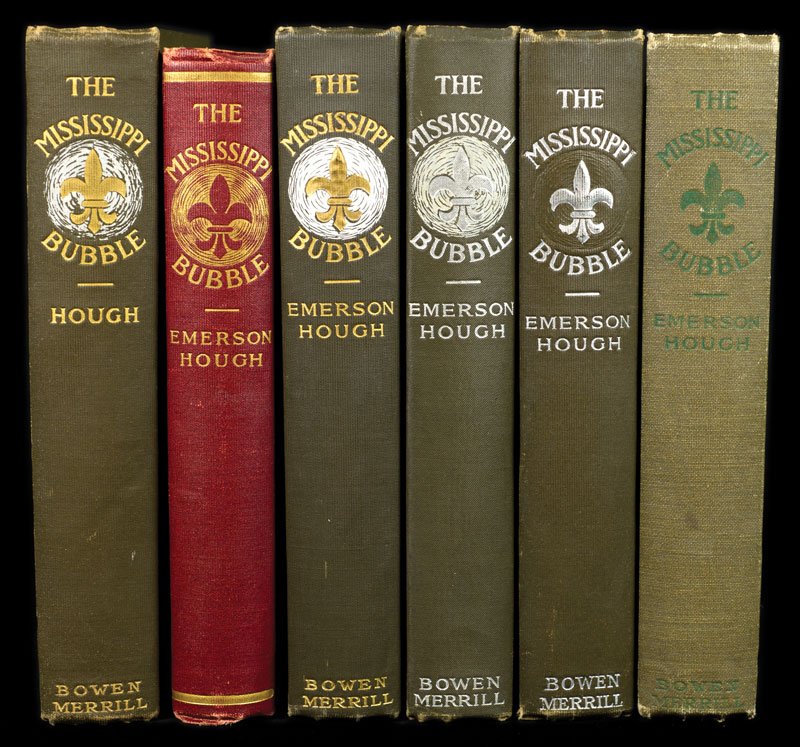It’s a Book—Not an App
With so much information at our fingertips, we risk losing hands-on knowledge of physical books By Joel SilverJoel Silver is Associate Director and Curator of Books at the Lilly Library, Indiana University, Bloomington, Indiana.

Have you ever tried to explain book collecting to someone who’s not a collector? This has never been an easy thing to do, but it seems to be much more difficult now than it was just a few years ago. The problem is not that books are unfamiliar objects, or that collecting is seen as an unusual pursuit. Despite increased competition, books can still be found everywhere, and collectors of all kinds are featured on more television shows than ever before. What makes an explanation of book collecting more difficult now is that the main purposes books have served for more than two thousand years—the storage and provision of information—can be achieved today in many other, and often much less expensive, ways.
It was less than a century ago that written and printed materials, such as books, pamphlets, newspapers, magazines, letters, notes, signs, and labels, were the primary sources of information for literate people. There was also speech and gesture, from the instructions given by a parent or teacher to conversations among friends or associates. For the storage and retrieval of information, however, the written and printed word, in its variety of physical manifestations, provided needed information, as well as enjoyable and educational reading experiences.
It’s important to remember that it’s these physical manifestations that form our collections, but it’s easy to lose sight of that amidst the competition of their electronic surrogates. In modern societies in which the technology is easily available, children grow up much more comfortable with the rapidly changing variety of methods of communications and sources of information than did their parents, and adults of all ages are also taking advantage, by choice and by necessity, of the resources and benefits that today’s technologies can connect us to. Information of all kinds, including information about rare books, is more widely available than it ever was before, and it’s easier to find and buy books today, both new and old, than it ever has been. You can now read whatever you want, look up (seemingly) anything about any subject, find your way around, compare prices, shop from anywhere, and get next-day delivery of whatever you want to buy. So, what’s the problem?











